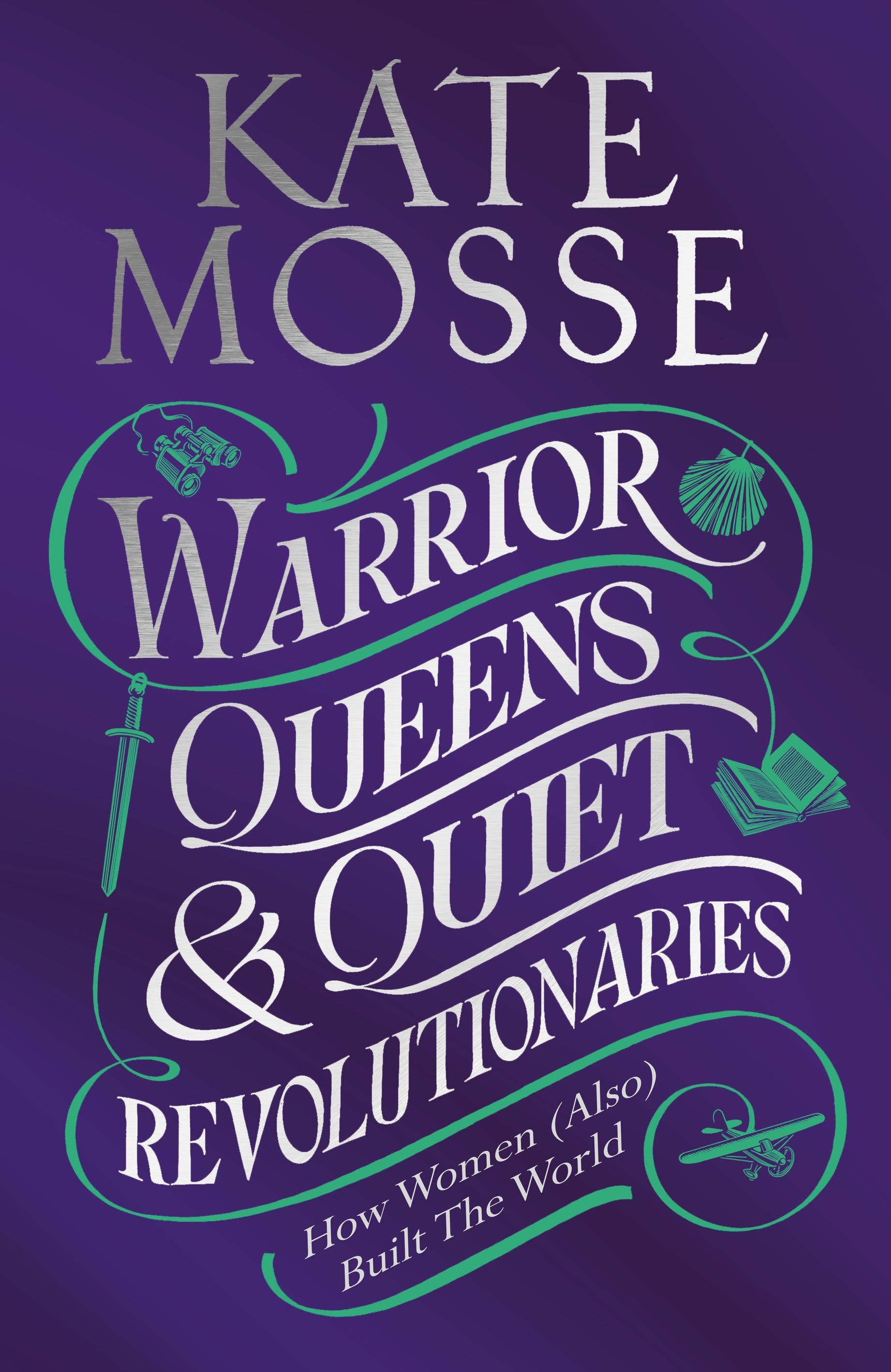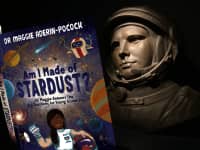In the Foreword to her excellent book, Warrior Queens and Quiet Revolutionaries: How Women (Also) Built the World (Mantle, 2022), Kate Mosse explains the origin of what is known in science as the ‘Matilda Effect’: “the bias against acknowledging the achievements of female scientists whose work has been – or is – misattributed to their male colleagues. First described by American suffragist, science writer and abolitionist Matilda Joslyn Gage (1826–1898) in 1870, the term was coined in 1993 by Professor Margaret W Rossiter (b 1944). It’s a phenomenon that holds true in other areas of women’s endeavour, too . . .”
In the chapter, Mothers of Invention, Mosse details the breadth and scope of women’s achievements in the field of science, observing that, “When women do appear in the records, it’s usually because they are being prosecuted for practising medicine – in other words, when their disguise has been discovered.” We’ve selected a few notable examples, but strongly suggest you pick up a copy of your own (click here to read our interview) to discover all of those ‘queens and revolutionaries’ that space won’t permit us to mention and not just in science, but every area of life.
In the 1930s, snake venom was still being used to help blood clotting. Hospital-based plasma transfusions continued until the 1950s. By 1960, the life expectancy for a boy or man with severe haemophilia was still only about twenty years of age. Then, in 1965, the American physician Judith Pool (1919–1975) discovered cryo-precipitation, a process for creating concentrated blood clotting factors, which significantly improved the quality of life for haemophiliacs.
Though there were many barriers to women practising as physicians, it wasn’t uncommon for the daughters and wives of celebrated doctors to follow in the family tradition. Antiochis of Tlos (first century bce) was a Roman physician who began working alongside her father in the ancient hilltop citadel of Tlos, now on the southern coast of Turkey. Unusually, Antiochis did not concentrate primarily on pregnancy and childbirth, but treated illnesses that afflicted both men and women. In 1892, an Austrian expedition found a pedestal to her there, the inscription of which read: Antiochis of Tlos, daughter of Diodotus, commended by the council and the people of Tlos for her experience in the doctor’s art, has set up this statue of herself.
Tan Yunxian (1461–1554) was a herbalist and physician during the Ming Dynasty in China. Descended from a family of physicians, Tan learned her skills from her grandparents and her father. Her medical practice was restricted to treating women and so-called ‘women’s complaints’, such as problems with menstruation, miscarriage, infertility, and postpartum fatigue… In 1511, she published Miscellaneous Records of a Female Doctor, thirty-one case studies, making it the earliest known printed record of a female physician’s work. The studies also included accounts of treating illnesses not specific to women, such as nausea and skin rashes.
After describing the more acknowledged achievements of Mary Seacole and Florence Nightingale we are introduced to another key figure of the time: “known as the ‘Florence Nightingale of America’ and the ‘Angel of the Battlefield’, Clara Barton (1821–1912) was the founder of the American Red Cross. A teacher and feminist pioneer, she served as a nurse during the American Civil War.”
Petronella van Heerden (1887–1975) was a pioneering gynaecologist and the first Afrikaner woman to qualify as a doctor. Her PhD thesis on endometriosis, awarded in 1923 in Amsterdam, was the first doctoral thesis written in Afrikaans.
American Nettie Stevens (1861–1912) originally trained as a teacher to fund her studies, so it wasn’t until she was in her thirties that she moved to Stanford and began her research in earnest. She was, in fact, the biologist and geneticist who discovered sex chromosomes, following on from the work of Gregor Mendel in the late nineteenth century – though her work was misattributed to male scientists and went unacknowledged for some years. In 1906, her male colleagues appeared at a conference to present their theories on sex determination, but Stevens was not invited to speak . . .
Janet Vaughan (1899–1993). Vaughan was a friend of Virginia Woolf and, in part, the inspiration for the characters of Chloe and Olivia in A Room of One’s Own. Working at University College London in the early 1930s, Vaughan secretly gave anaemic patients liver, rather than dosing them with arsenic, having used herself as an early guinea pig. A British physiologist, academic, and academic administrator, this ground-breaking research into haematology and blood transfusions would lead to the creation of London’s first blood banks during the Second World War
To this list of pioneering women to be celebrated we should add Sarah Gilbert (b 1962), who designed the Oxford/ AstraZeneca COVID-19 vaccine, and Hungarian biochemist Katalin Karikó (b 1955), who was pivotal to the creation of the Pfizer COVID-19 vaccine.
The Chinese astronomer Wang Zhenyi (1768–1797)…refused to accept the limitations placed on her because of her sex, and educated herself in astronomy, mathematics, geography and medicine. Publishing articles entitled ‘Dispute of the Procession of the Equinoxes’, ‘Dispute of Longitude and Stars’ and ‘The Explanation of a Lunar Eclipse’ among others, Wang put forward ideas that would become the foundation for astronomy in the nineteenth and twentieth centuries. Her rallying cry for girls to be given the same opportunities as boys has become an anthem for women in science all over the world.
And last but by no means least, the British computer scientist and a near contemporary of Jackson, Johnson, Vaughan and their fellow ‘human computers’, Mary Berners-Lee (1924–2017). A mathematician and early computer scientist, she was based at the University of Manchester working on Mark 1, Ferranti Mark 1 and Mark 1 Star computers. Berners-Lee also helped develop a programme for the RAF to track weather balloons and interpret their readings. She was clearly an inspiration and role model to her son, Tim, inventor of the world wide web.
Reproduced with kind permission of Mantle, an imprint of Pan MacMillan
Warrior Queens Theatre Tour 2 March – 12 April 2023 (www.katemosse.co.uk/events)
Warrior Queens & Quiet Revolutionaries: How Women (Also) Built the World (Mantle, £20 hbk, plus audio & ebook) Image: 9781529092196 Warrior Queens book image copy.jpg









